Joseph Dirand’s weighty 20-year oeuvre fuses minimalism, movies and milestones
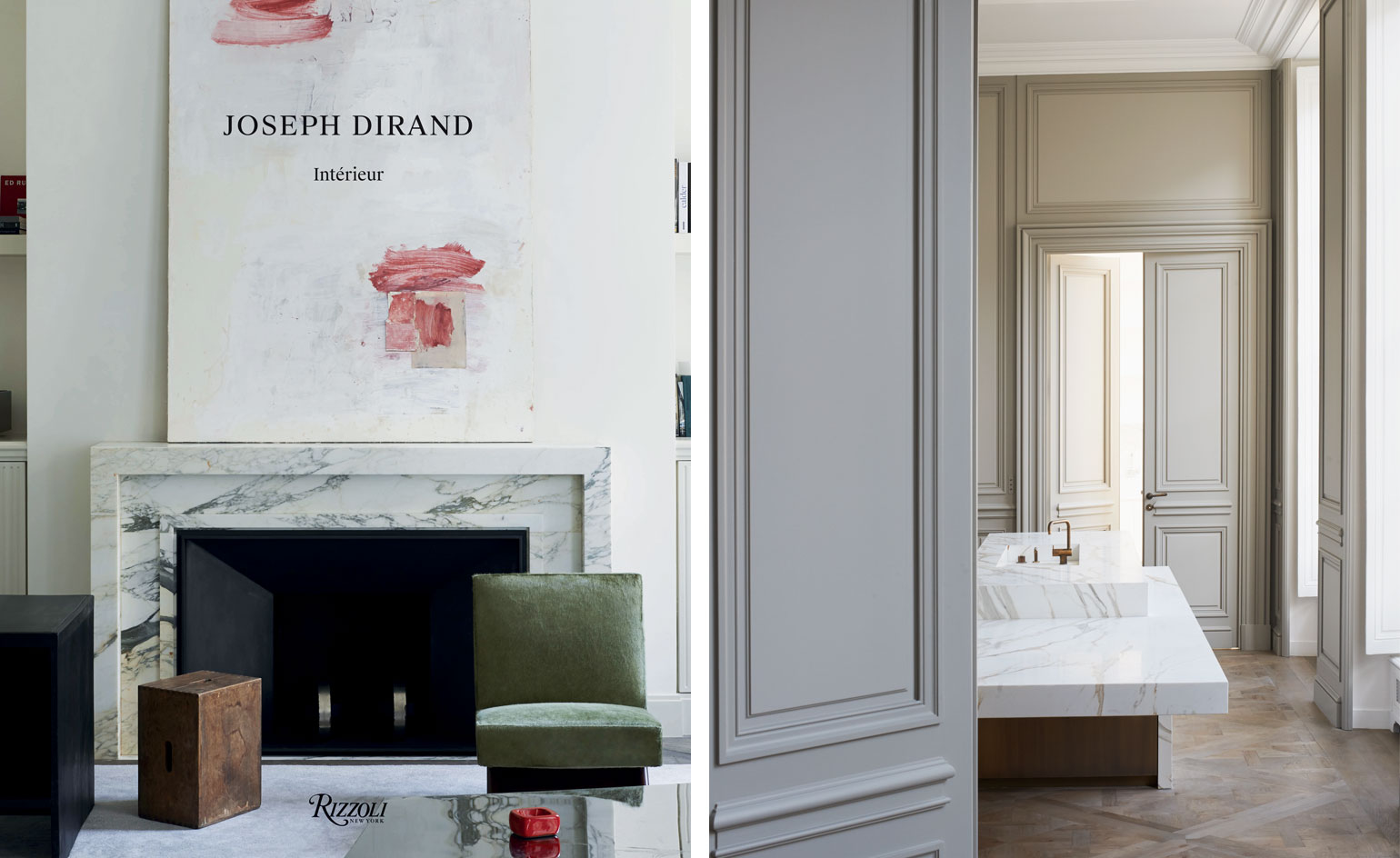
Not far from the madding crowd attending the FIAC contemporary art fair, Joseph Dirand was in the midst of marking his 20-year career with a first monograph, simply titled Interior and published by Rizzoli. To coincide with the launch, a selection of his latest furniture designs has been on view at Artcurial as a blink-and-you’ll-miss-it exhibition. Whereas the book draws readers into the discreet yet dramatic apartments, hotels, restaurants and high-end retail spaces that he tailors to arrestingly handsome perfection, the show invites visitors to perceive the materiality of the pieces up-close. Without question, the collection registers as substantial – from a low table in pinkish copper to an openwork cabinet in bronze that weights some 700kg. Even the tome itself feels weightier than most.
Produced in signed and numbered limited editions, the furniture herein was first shown as a collection two years ago at Pierre Marie Giraud in Brussels. In the context of the book, however, it suggests how Dirand has been giving further consideration to the evolution of his work. On the evening of the exhibition preview, he tells Wallpaper* that the pieces arose from the projects, rather than the impetus to build a brand.
‘It took me a long time to feel comfortable doing furniture. Anything that is too commercial makes me uncomfortable,’ he explains, noting how the pieces have emerged from the same minimalist aesthetic as his early architecture. ‘Every time you discover or explore a new field, you try to justify your choice… and I feel this is my point of view. Either you look just back at the past, or you get inspired by the past to create something which is of today’s world. So it’s a tribute but also something new at the same time.’
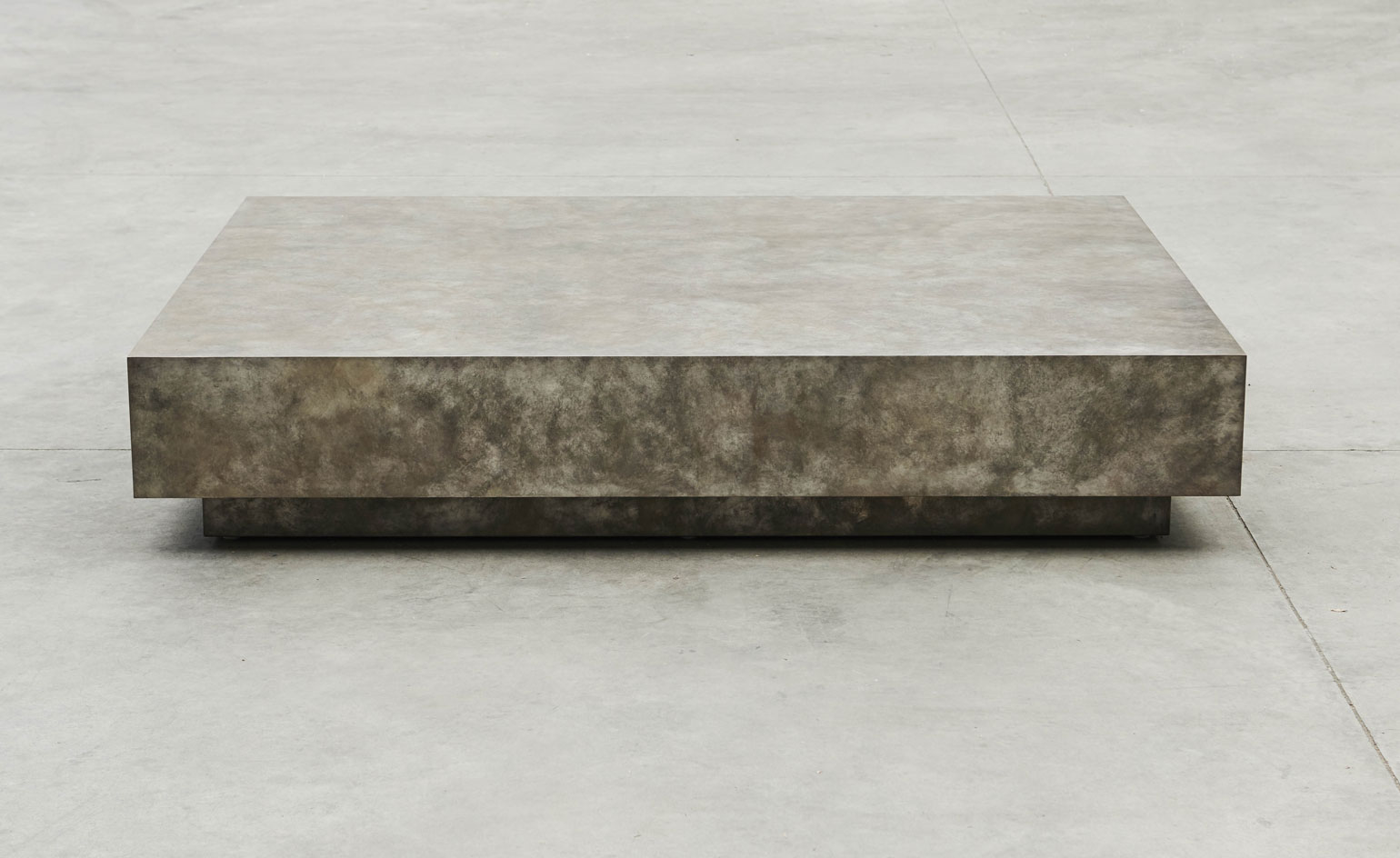
’Table Basse Iseo Argent,’ from the Modernist Collection, 2015, by Joseph Dirand. Courtesy Joseph Dirand/Aurelie Julien Collectible Design
Certainly, people will note strong references to mid-century masters such as Prouvé, Le Corbusier and Pierre Jeanneret, and the show’s name, ‘Modernist’, seems as applicable to their work as his. The smoky black elm modular desk labeled ‘Jeanneret’, and the ‘Alvar’ table, boasting an undulating base in the vein of Aalto’s famous vase, acknowledge the source material transparently.
Yet the interior architect also notes the ideological shift between then and now. ‘The modernist period was the idea of industrialisation with factories producing in mass. Mine is also ideological but in completely the other direction, which is working with limited edition pieces,’ he says. ‘With these you work with the best craftsman... because I couldn’t justify starting furniture with something which was just decorative. It was the only way for me to create a foundation of furniture that was not attached to a place.’
This notion of being site unspecific echoes the book’s introduction, written by his younger brother, Adrien Dirand. In it, he touchingly recounts their father’s adventures as a renowned photographer, who grew up in the vicinity of Le Corbusier’s Notre Dame du Haut chapel in Ronchamp. A photographer himself, Adrien proceeds to share how their trajectories were framed by their father’s view of the world, as well as Joseph’s attraction to minimalism. ‘The culture I have received was with the filter of a photographer and all these very poetic things,’ says Joseph, reinforcing his brother’s sentiments. ‘With this massive cultural information, it was impossible for me to make a choice; I almost had to reset the machine. And why when I was around 15, my strongest emotion was to minimal art, arte povera and the architecture of John Pawson.’
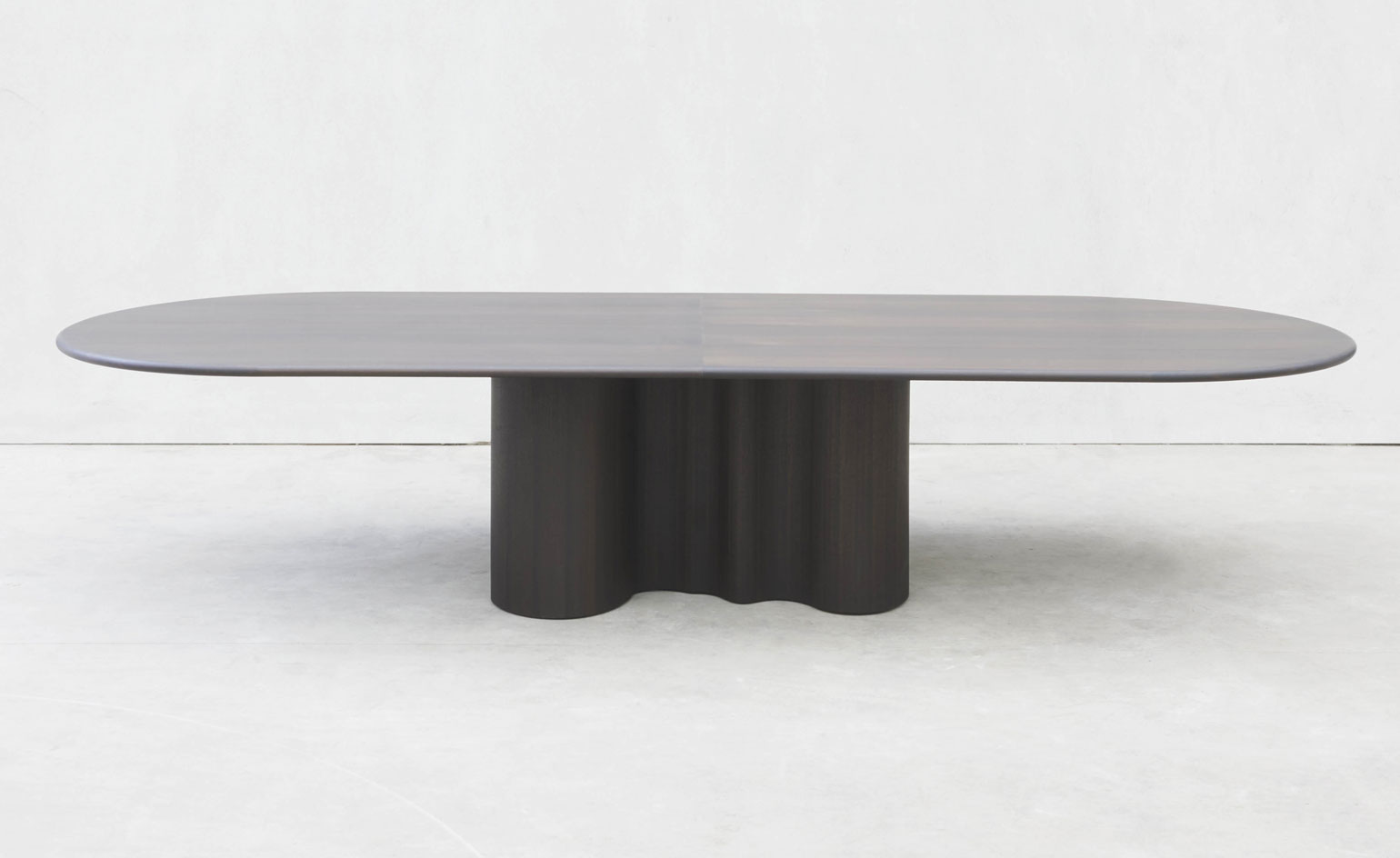
’Table Alvar Eucalyptus’, from the Modernist Collection, 2015, by Joseph Dirand. Courtesy Joseph Dirand/Aurelie Julien Collectible Design
The 25 projects included in Interior are ordered as acts: as though a Chloé boutique, the Paris restaurant Loulou, The Surf Club apartments in Miami and the extraordinary residences identified by their street addresses all exist along a narrative continuum (incidentally, the book reveals that the restaurant Monsieur Bleu is named after the family cat). ‘I really often compare my work to creating a scene of a movie,’ he confirms. ‘And then my pleasure is to see the movie of life getting into these things. This is why I love to do restaurants and to do hotels. I see all of these people taking their place and it becomes their life. That’s when I become satisfied.’
As for the book representing a milestone in his career, Dirand would like to believe that what he’s achieved thus far will still exist decades from now. ‘I’m really trying to challenge the people I’m working with so that ultimately, no one will have the courage to destroy [the work],’ he says. ‘I think for an architect who has this state of mind of building for the future, it’s something that you cannot accept: that you do things that get destroyed because they become out of fashion.’ Whether leafing through the book or grazing a hand atop the surface of his marble daybed, the takeaway is that his vision has staying power for some time yet.
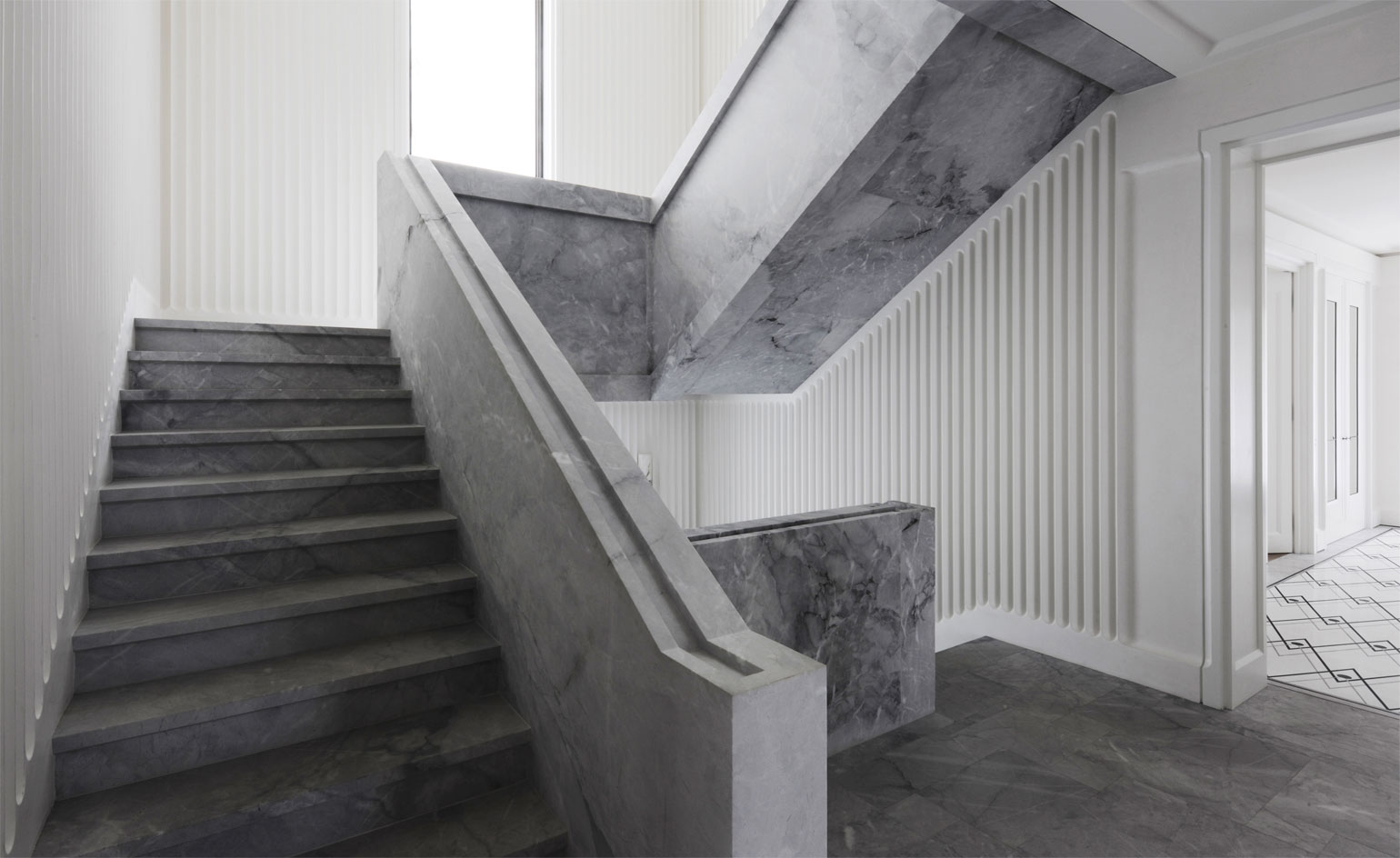
Staircase at Lilienstrasse, Frankfurt.
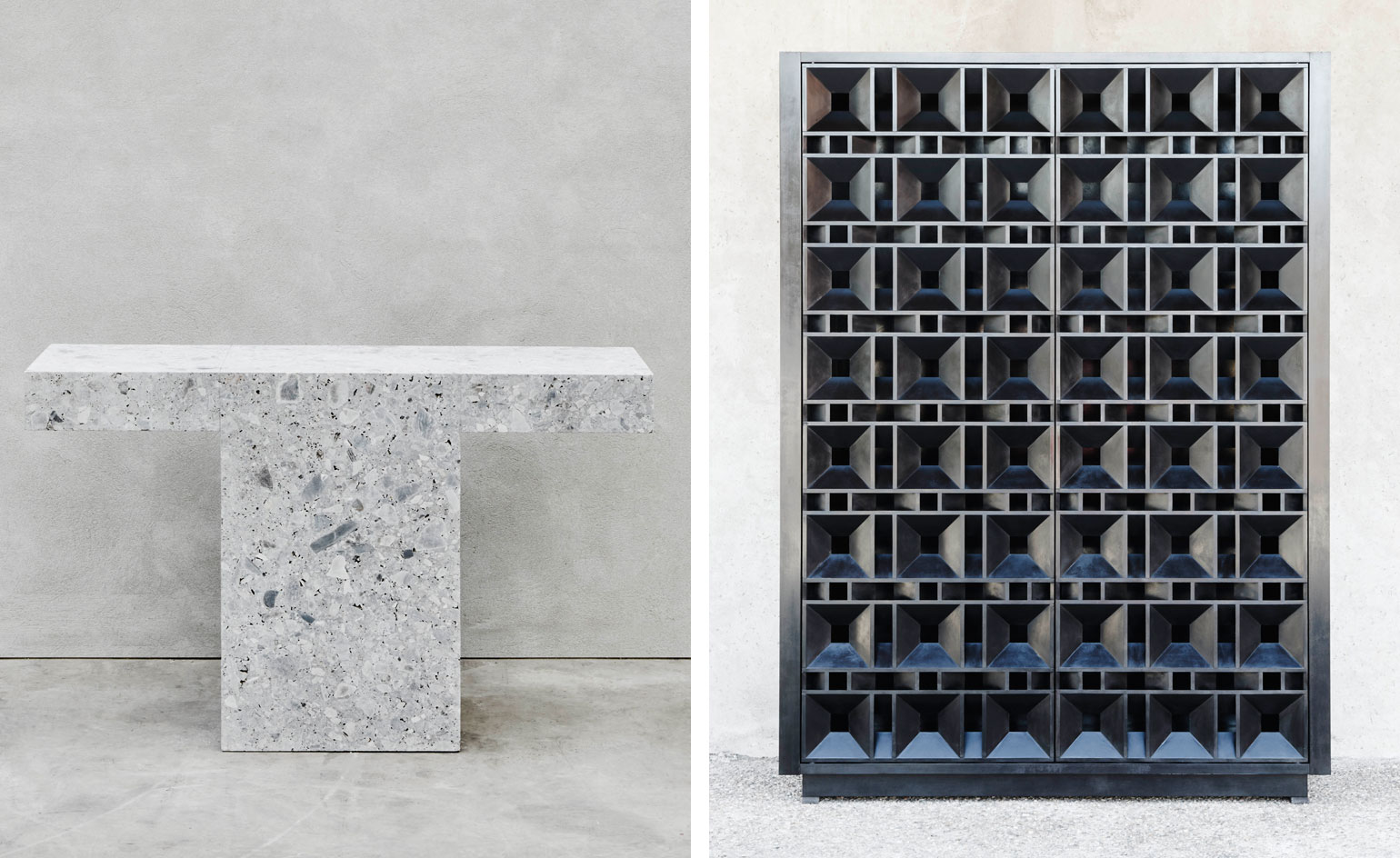
’Console Modulor’ and ’Cabinet Openwork 1’, both from the Modernist Collection, 2015, by Joseph Dirand. Courtesy Joseph Dirand/Aurelie Julien Collectible Design
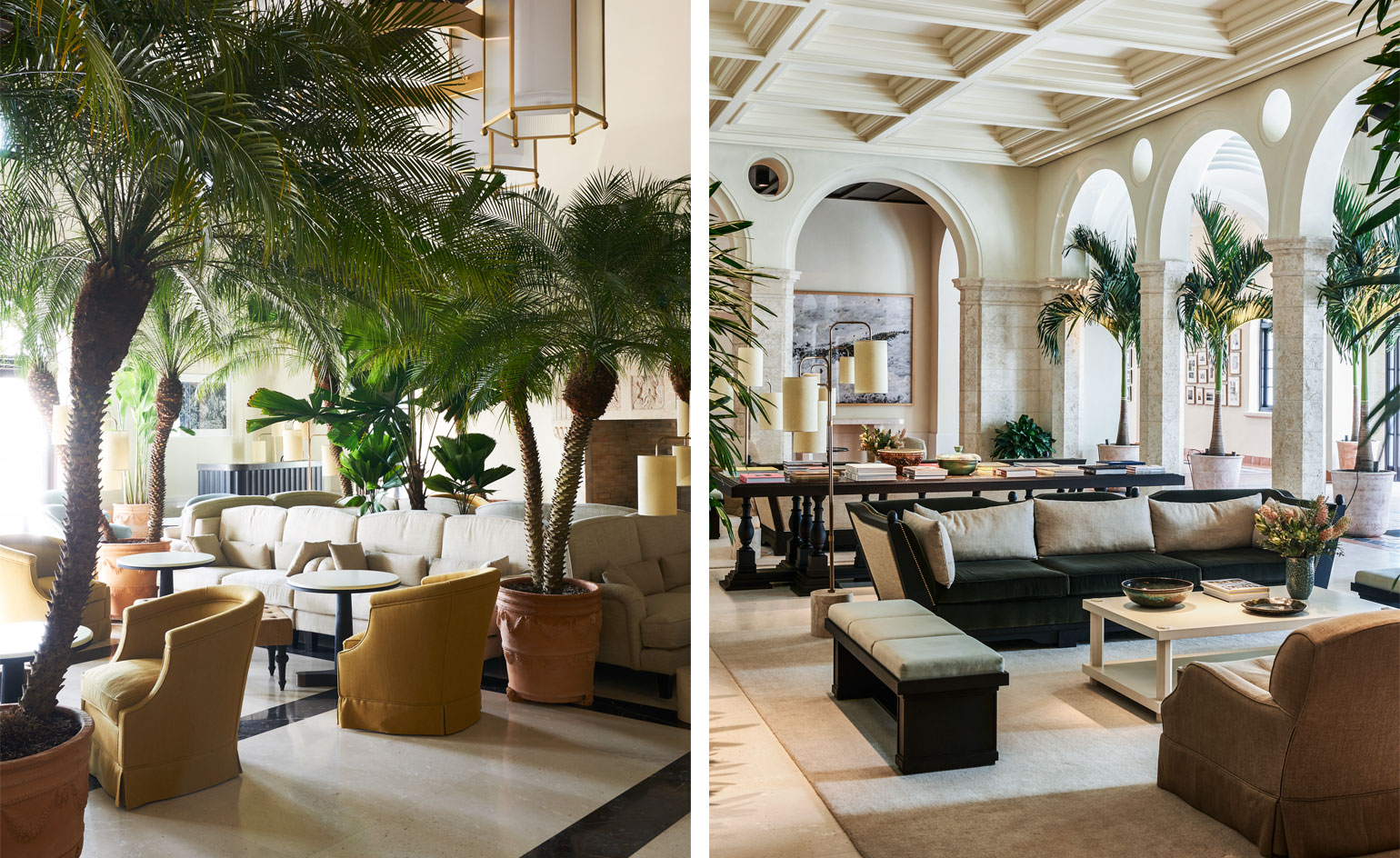
The reception at The Surf Club, Miami.
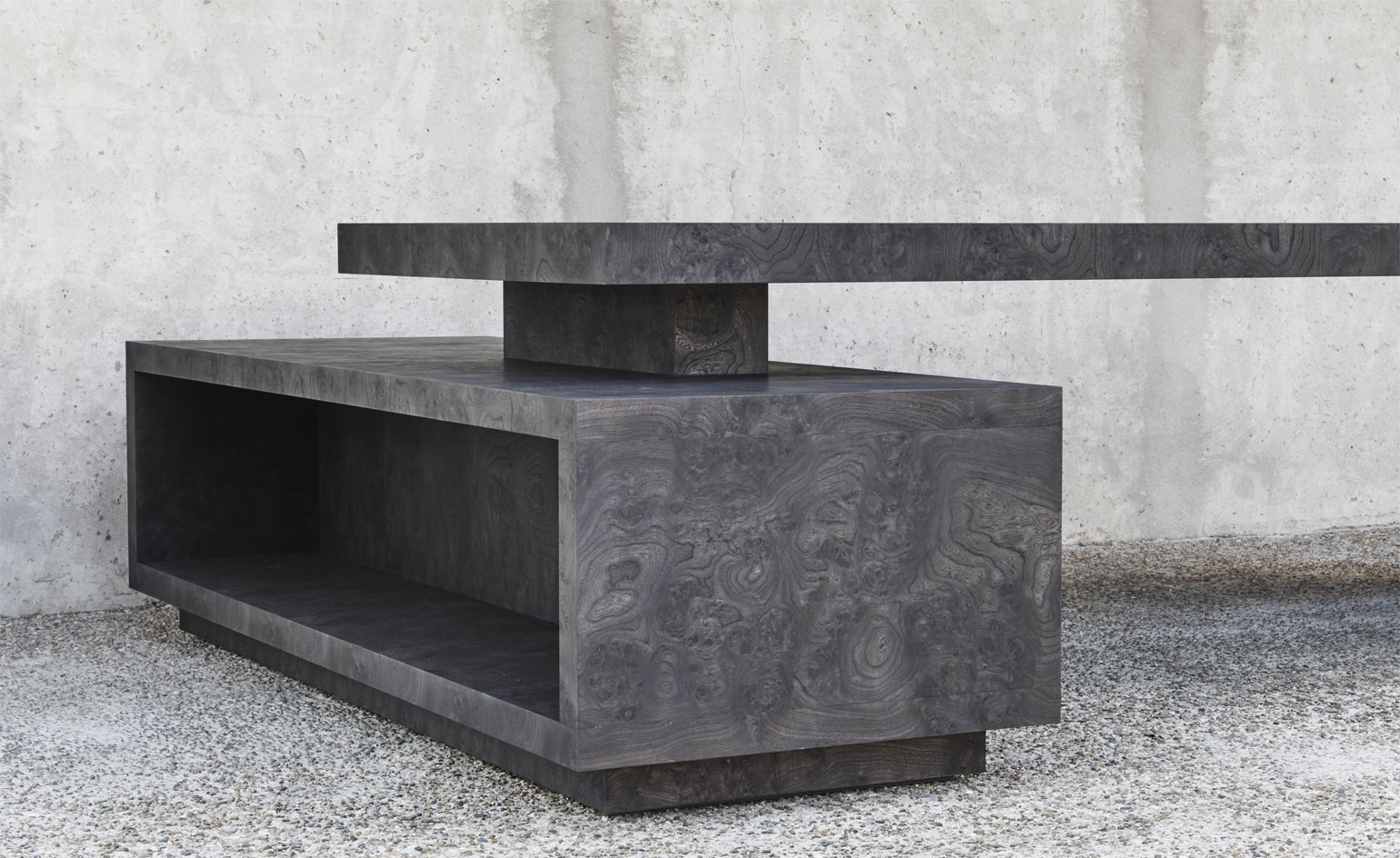
Bureau Chandigarh’, from the Modernist Collection, 2015, by Joseph Dirand. Courtesy Joseph Dirand/Aurelie Julien Collectible Design
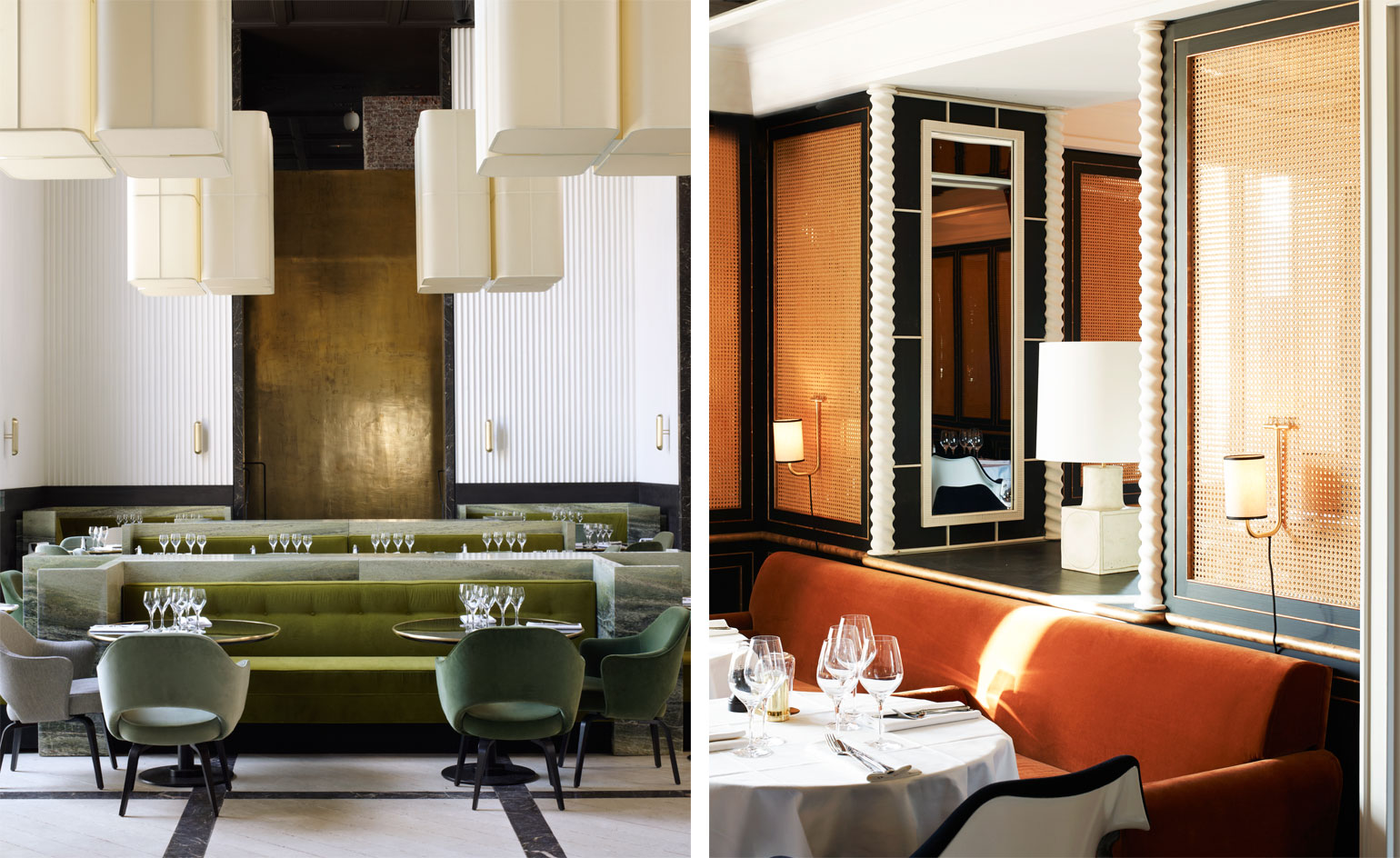
Left, Monsier Bleu, Paris. Right, Loulou, Paris.
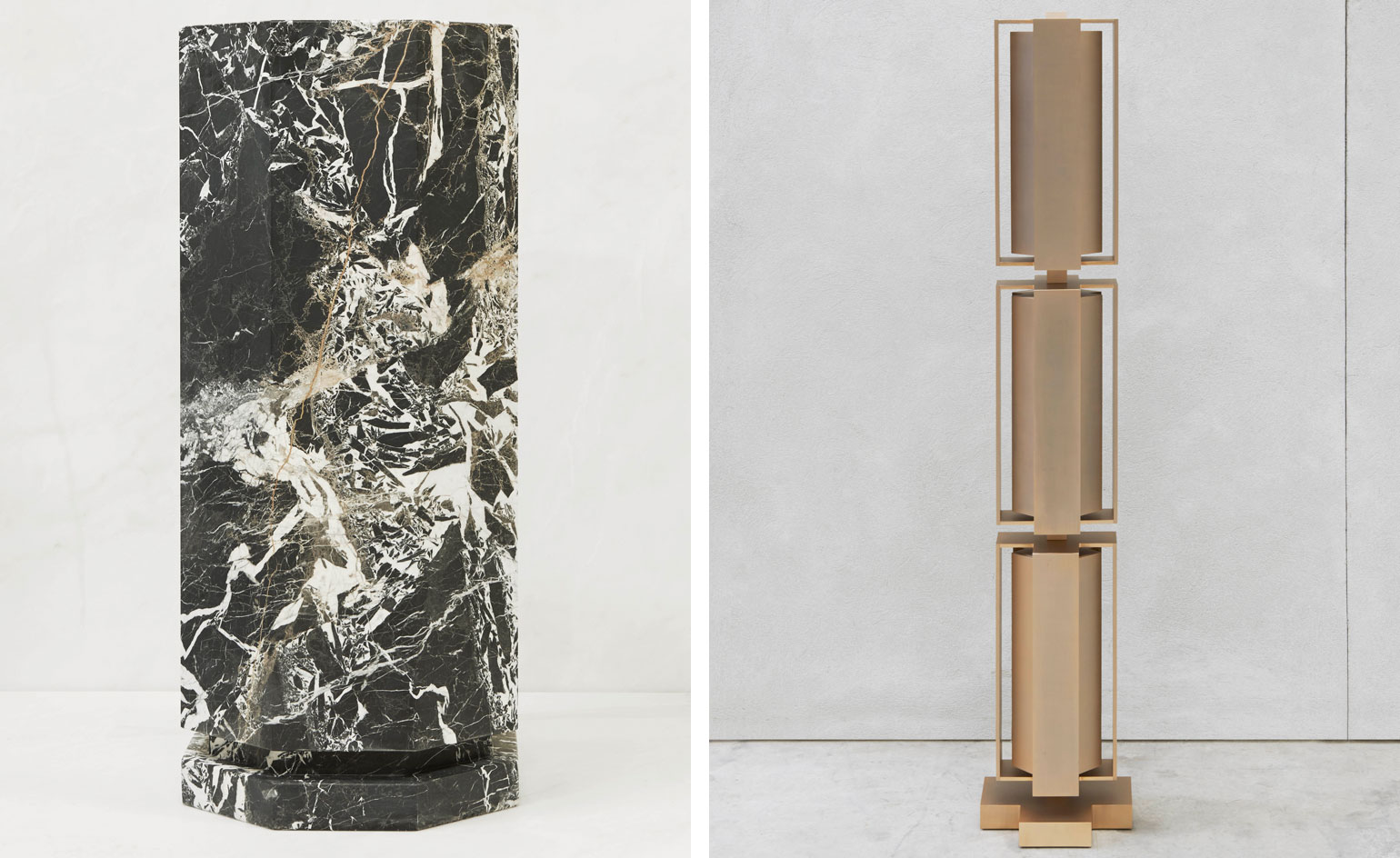
’Colonne Antica’ and ’Luminaire Totem’, both from the Modernist Collection, 2015, by Joseph Dirand.Courtesy Joseph Dirand/Aurelie Julien Collectible Design
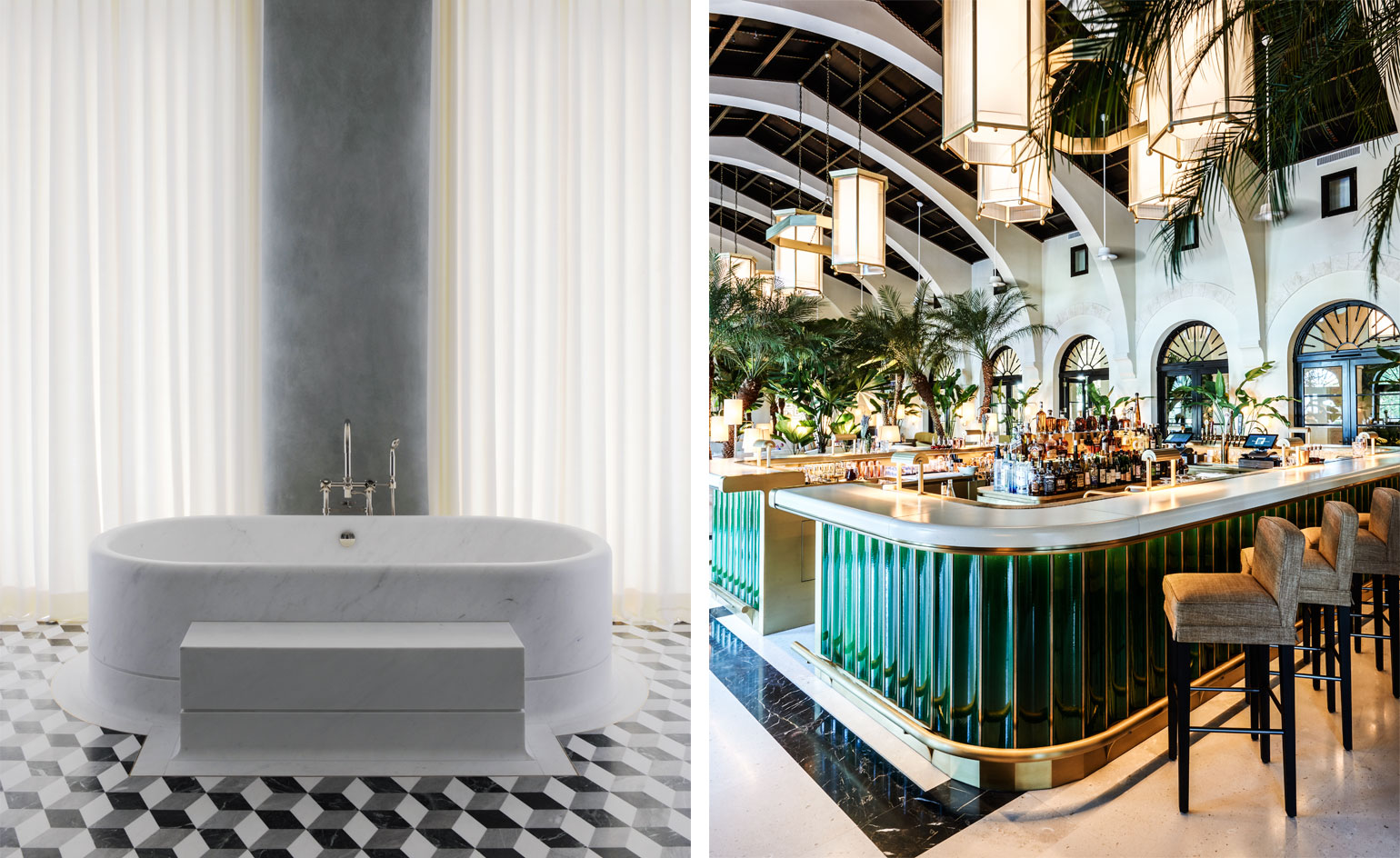
Left, bathroom at Lilienstrasse, Frankfurt. Right, Champagne Bar at The Surf Club, Miami.
INFORMATION
Joseph Dirand: Interior, $65, is published by Rizzoli. ‘Modernist’ is on view until 24 October. For more information, visit the Aurelie Julien website
ADDRESS
Artcurial
7 Rond-Point des Champs-Élysées
75008 Paris
Wallpaper* Newsletter
Receive our daily digest of inspiration, escapism and design stories from around the world direct to your inbox.
-
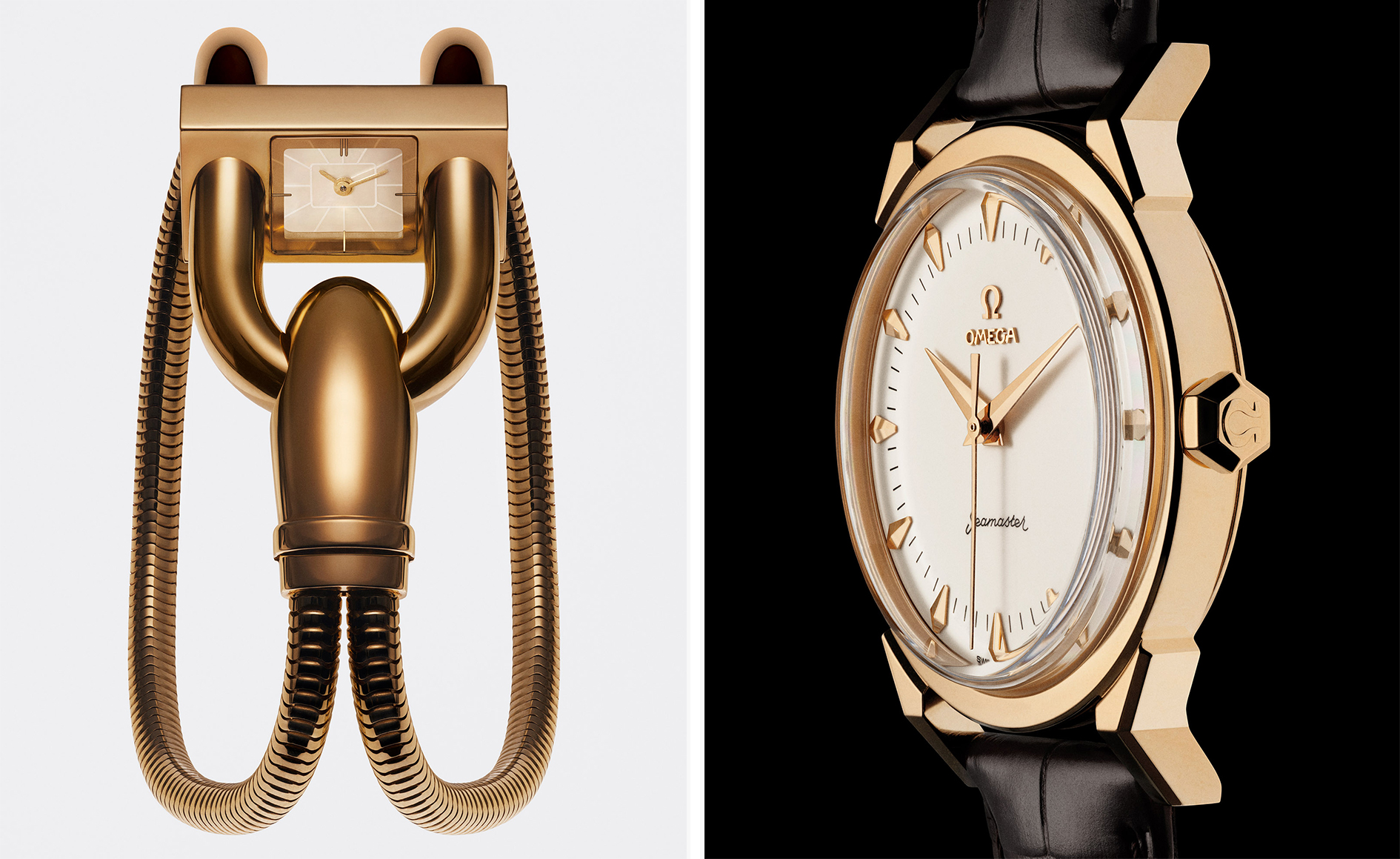 A stripped-back elegance defines these timeless watch designs
A stripped-back elegance defines these timeless watch designsWatches from Cartier, Van Cleef & Arpels, Rolex and more speak to universal design codes
By Hannah Silver
-
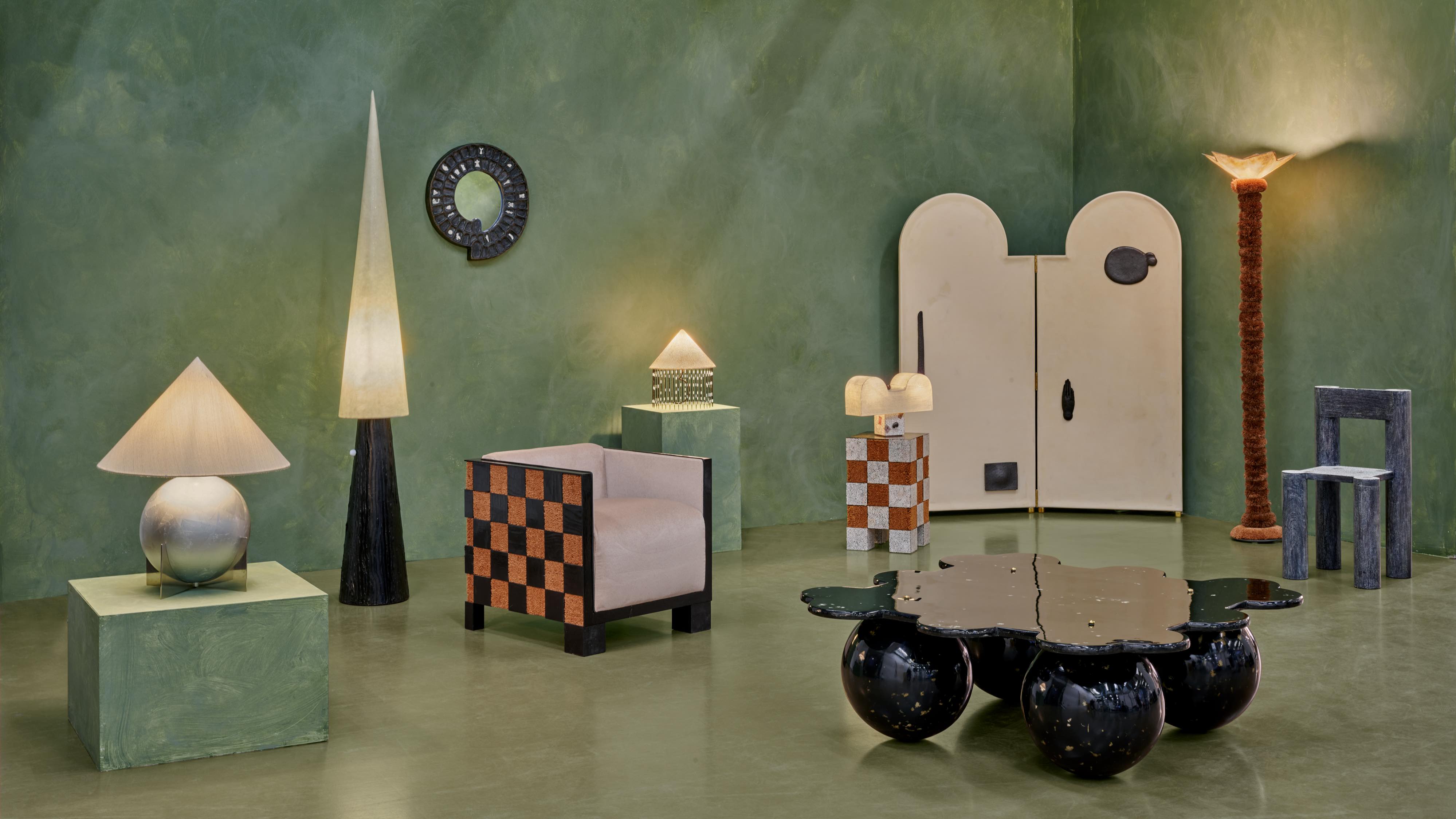 Postcard from Brussels: a maverick design scene has taken root in the Belgian capital
Postcard from Brussels: a maverick design scene has taken root in the Belgian capitalBrussels has emerged as one of the best places for creatives to live, operate and even sell. Wallpaper* paid a visit during the annual Collectible fair to see how it's coming into its own
By Adrian Madlener
-
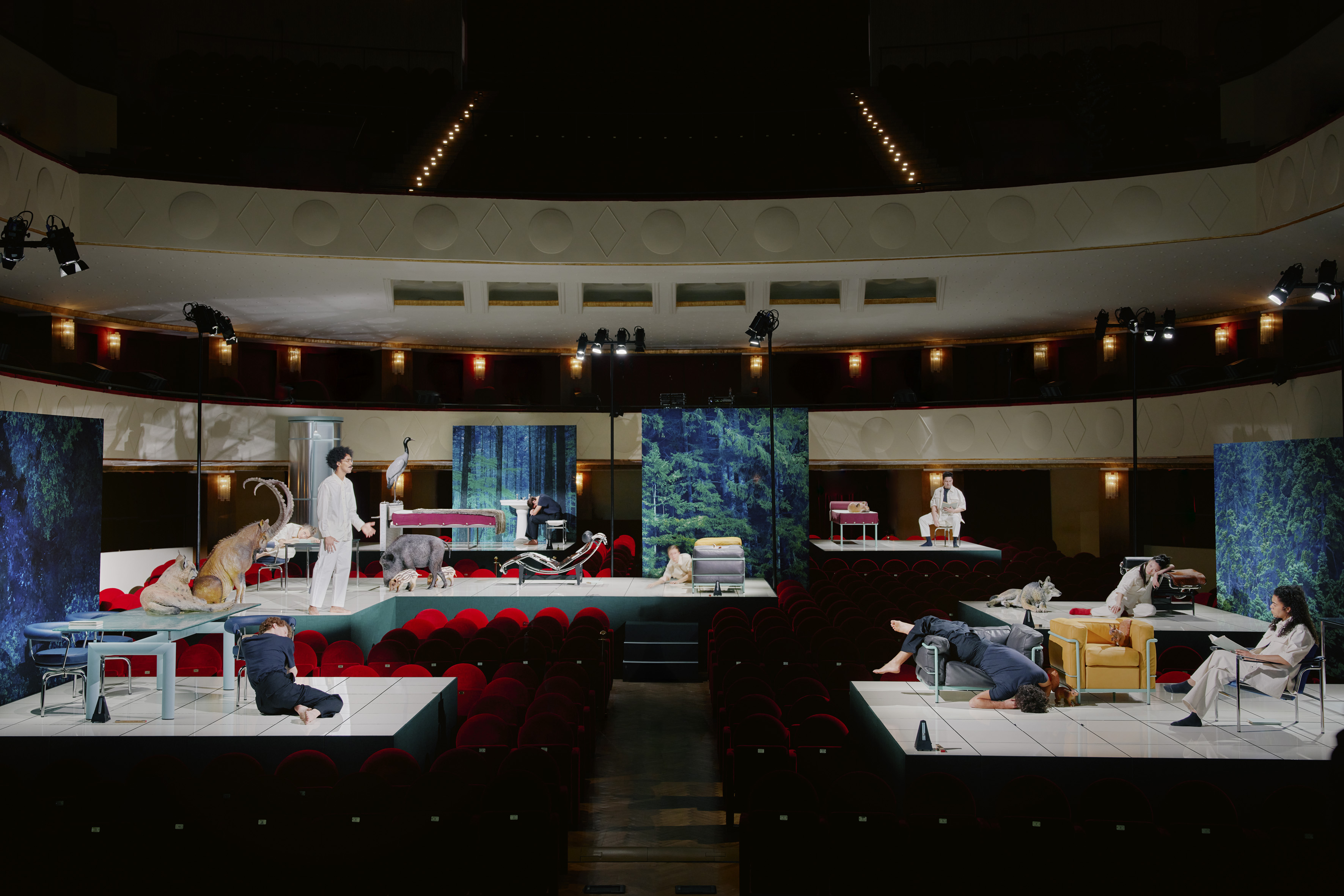 Move over, palazzos. Performances were the biggest trend at Milan Design Week
Move over, palazzos. Performances were the biggest trend at Milan Design WeekThis year, brands brought on the drama via immersive installations across the city
By Dan Howarth
-
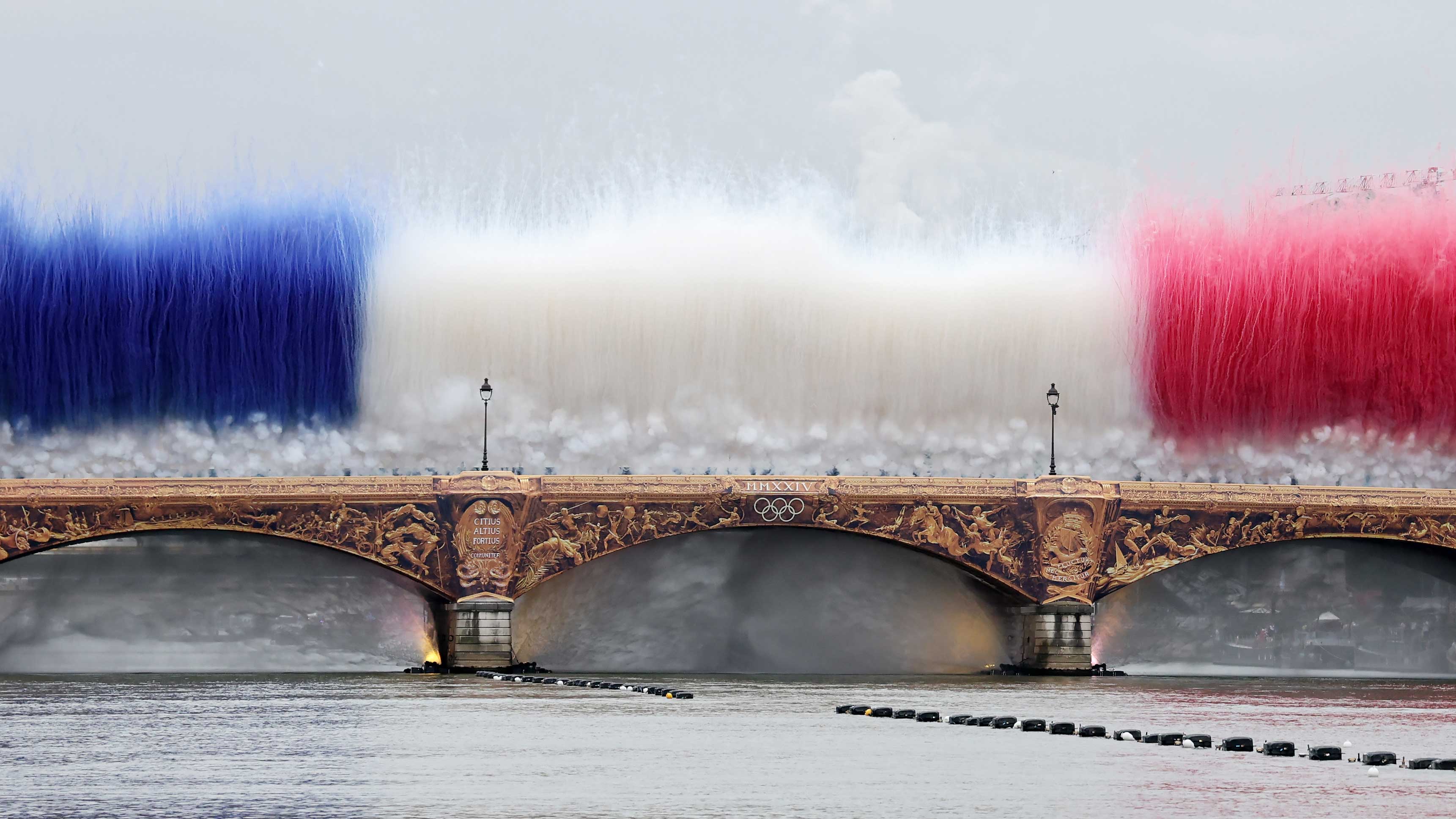 Olympics opening ceremony: a little Gaga, a lot of spectacle, and universal uplift
Olympics opening ceremony: a little Gaga, a lot of spectacle, and universal upliftHow Paris 2024’s Olympics opening ceremony set spirits – and much else – soaring, embracing the Seine, the streets and the skies. Craig McLean reports
By Craig McLean
-
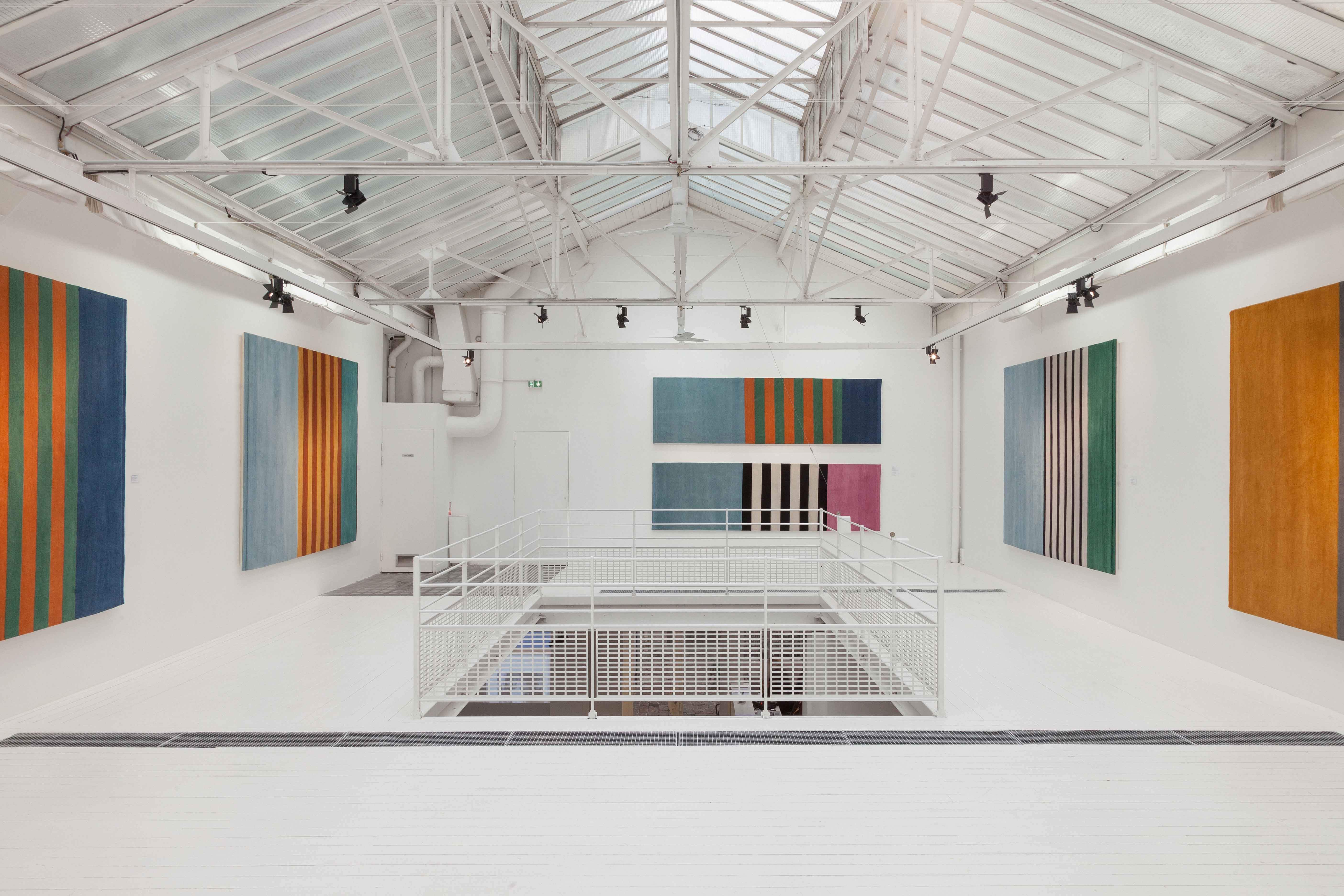 Paris Design Week 2023: the highlights
Paris Design Week 2023: the highlightsYour essential guide to Paris Design Week 2023, from Maison & Objet to Paris Déco Off, and the best things to see in town as part of Maison & Objet City
By Rosa Bertoli
-
 Step by step: Virgil Abloh, Jaime Hayon and more rethink the ladder at Galerie Kreo, Paris
Step by step: Virgil Abloh, Jaime Hayon and more rethink the ladder at Galerie Kreo, ParisA new exhibition at Galerie Kreo, ‘Step By Step’, invites more than 20 designers to rethink the ladder’s classic design
By Hannah Silver
-
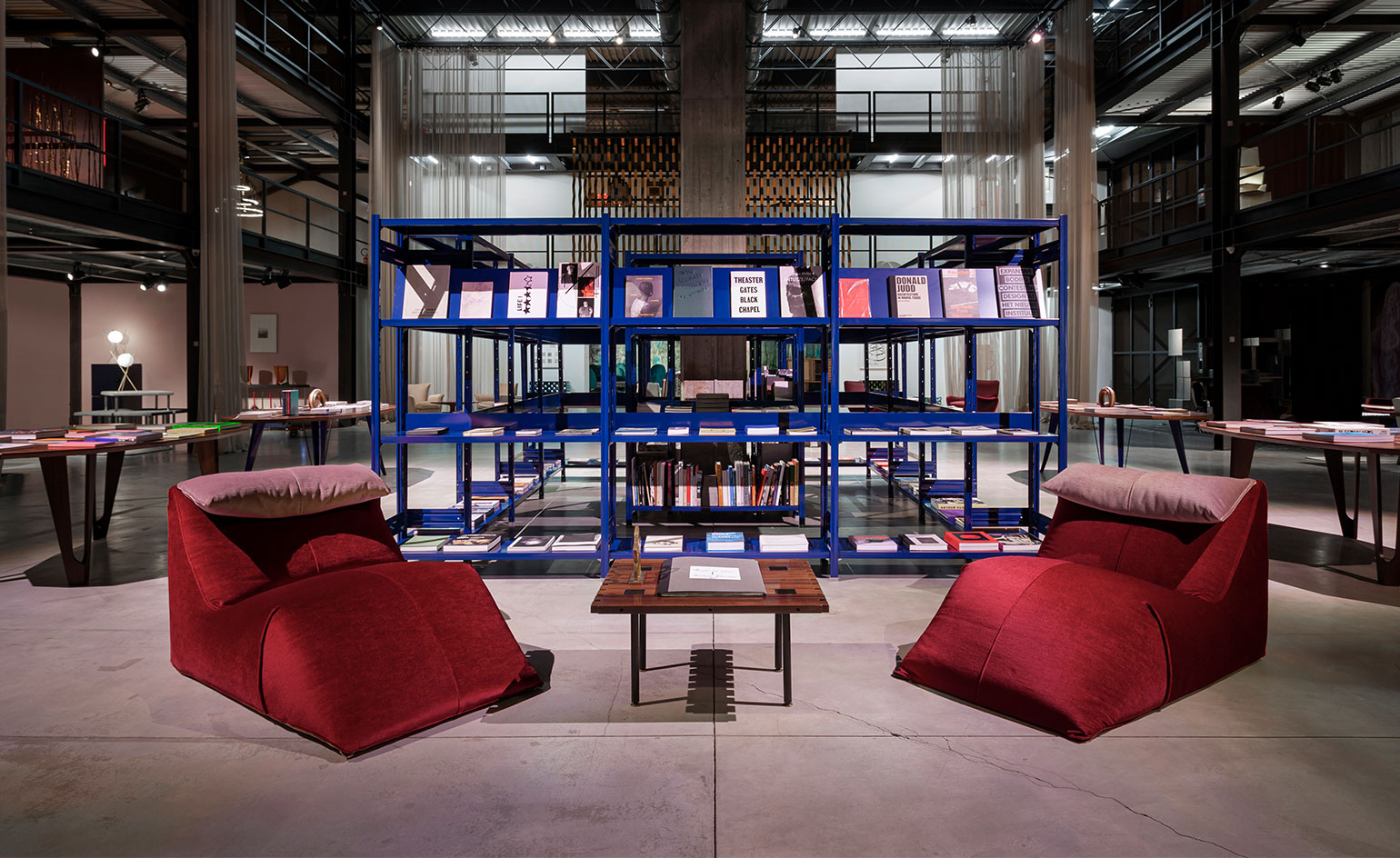 Nilufar turns its Depot space into a pop-up bookshop
Nilufar turns its Depot space into a pop-up bookshopNilufar Depot in Milan opens Bookings, a pop-up bookshop within the design gallery
By Rosa Bertoli
-
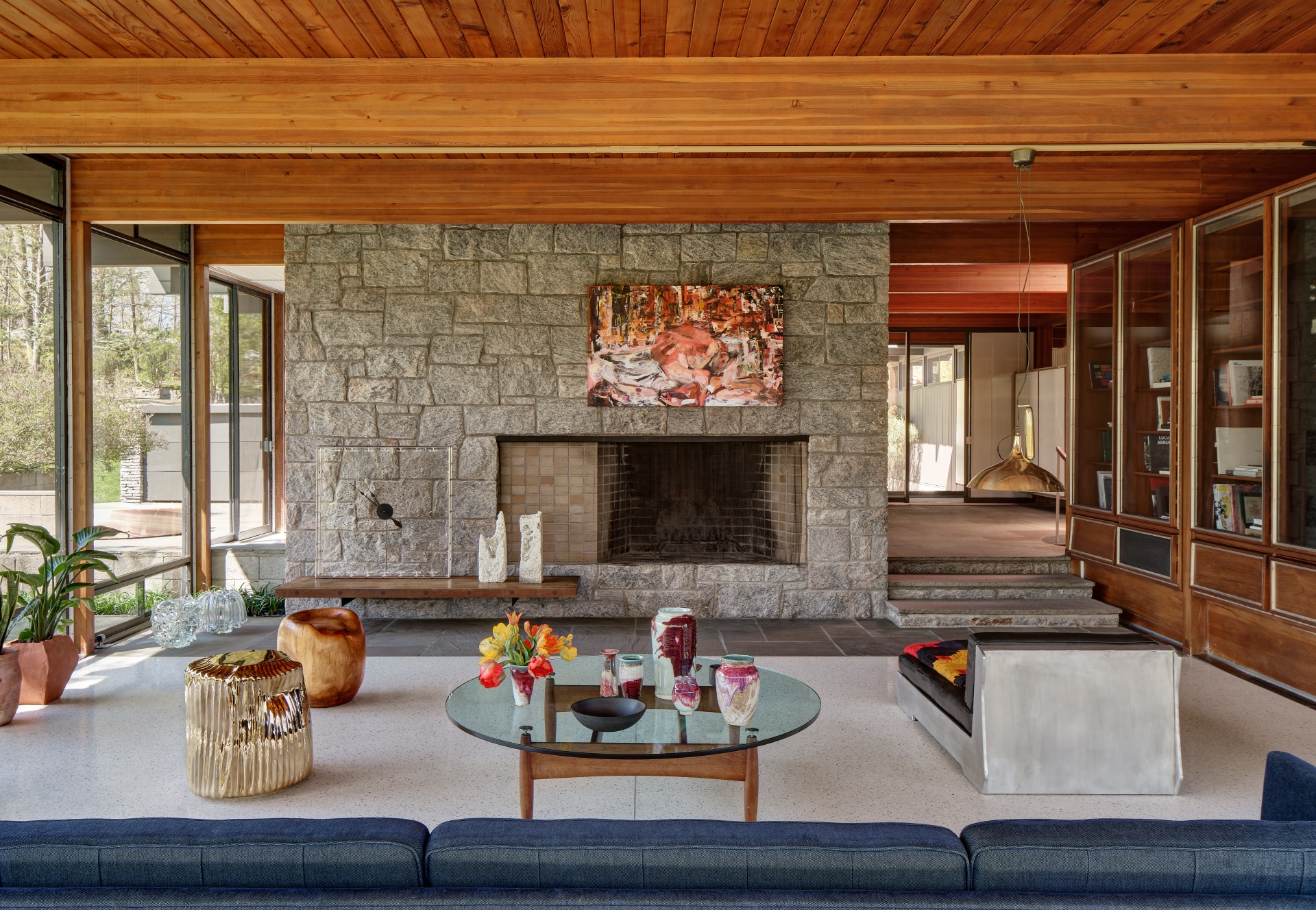 ‘At The Luss House’ celebrates the architecture of Gerald Luss
‘At The Luss House’ celebrates the architecture of Gerald LussAn immersive exhibition, ‘At The Luss House’, celebrates the work of architect Gerald Luss with a display of contemporary art and design curated by Blum & Poe, Mendes Wood DM, and Object & Thing
By Pei-Ru Keh
-
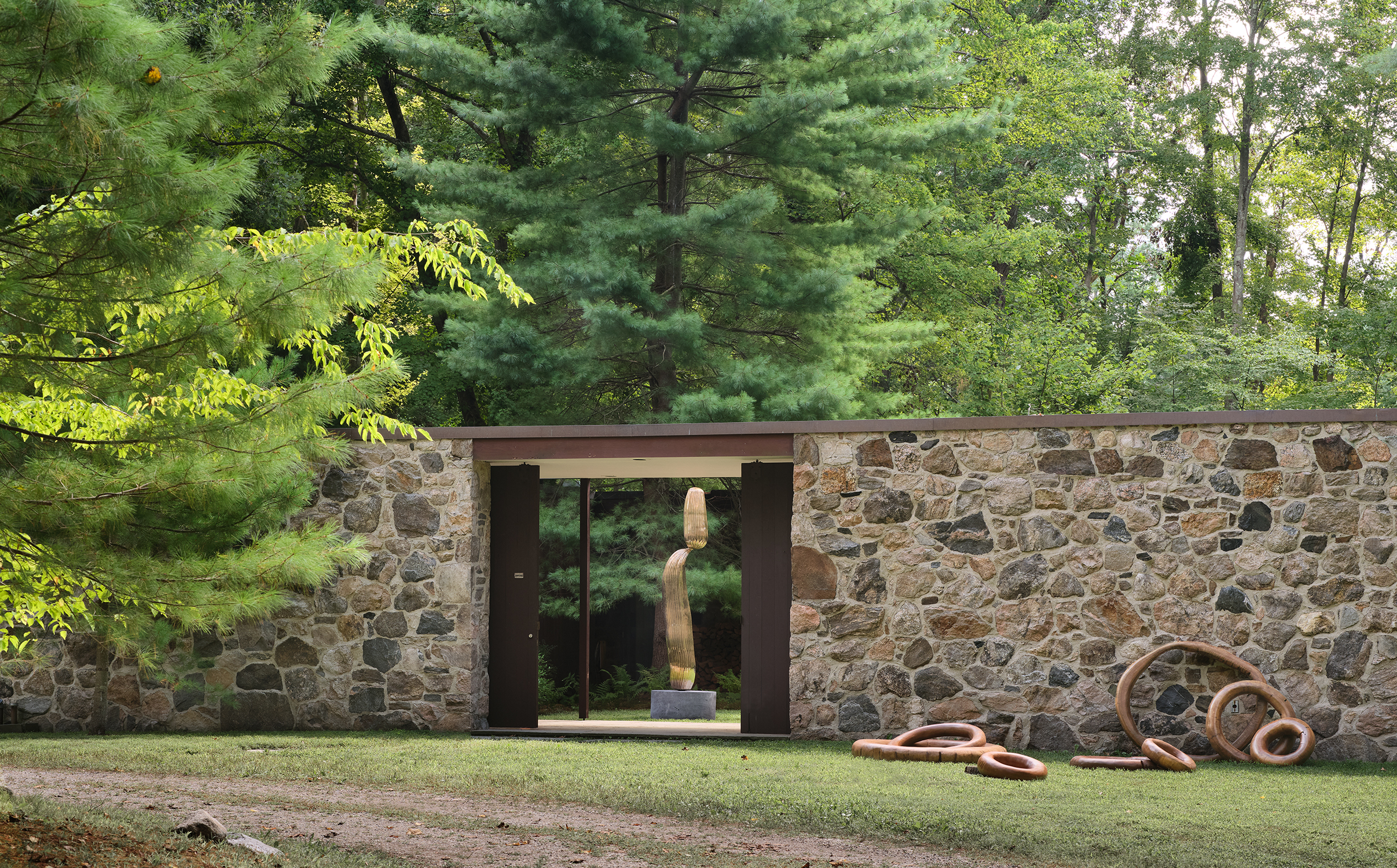 Art and design combine at Eliot Noyes' modernist residence
Art and design combine at Eliot Noyes' modernist residenceBlum & Poe, Mendes Wood DM and art and design fair Object & Thing come together to present a new type of contemporary display at the Noyes house
By Pei-Ru Keh
-
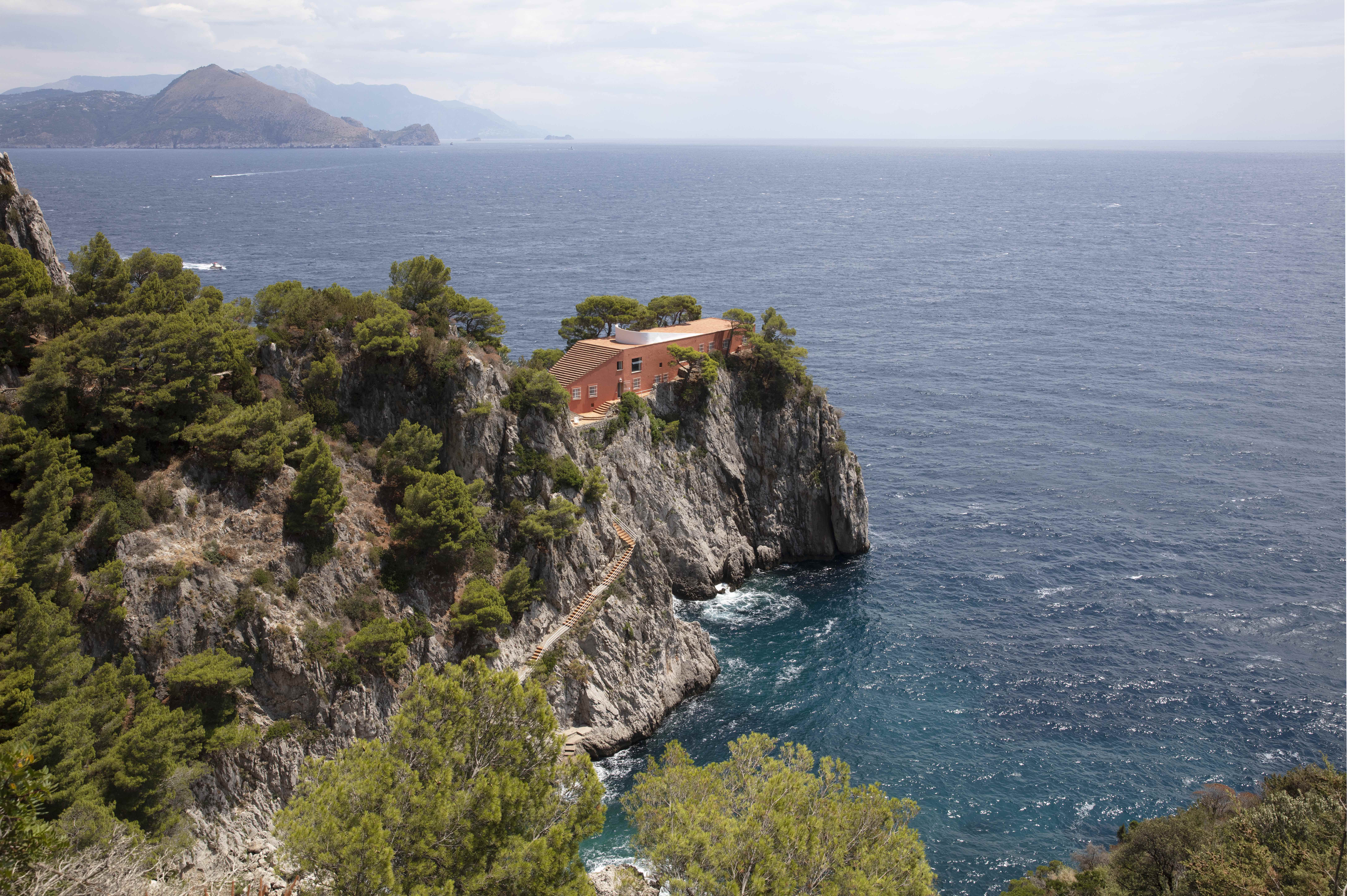 Gagosian brings a taste of Casa Malaparte to London
Gagosian brings a taste of Casa Malaparte to LondonLondon's Gagosian Gallery presents a collection of furniture reproductions from Casa Malaparte, Curzio Malaparte's legendary villa perched atop a promontory on the island of Capri
By Ali Morris
-
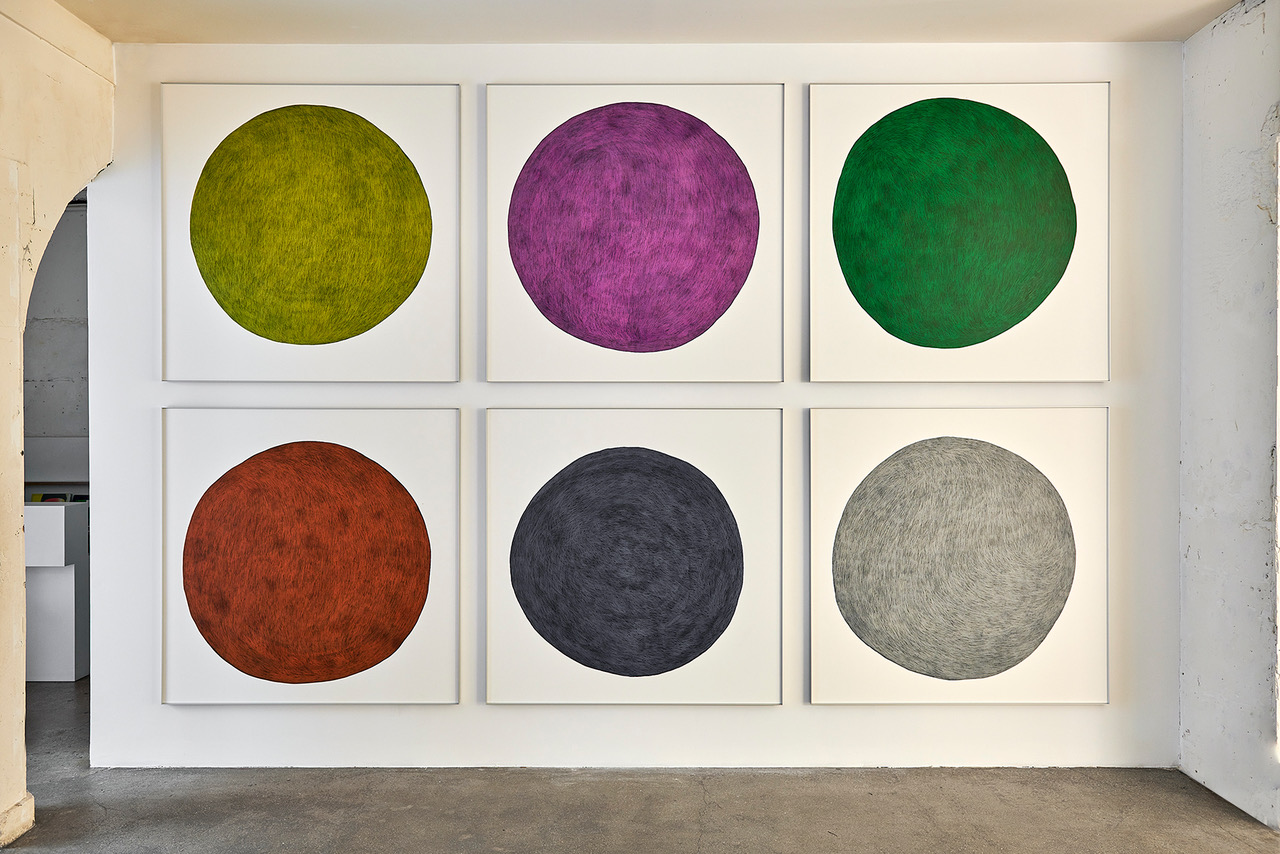 Virtually experience the shapes and colours of Pierre Charpin
Virtually experience the shapes and colours of Pierre CharpinTake a digital 3D tour of Pierre Charpin’s show ‘Similitude(s)’ at Paris’ Galerie Kreo that explores colour and geometry
By Ali Morris